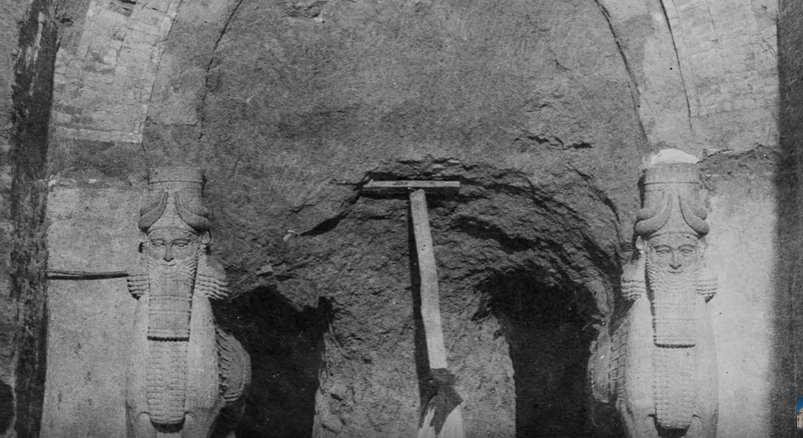MessageToEagle.com – Beautiful ancient city of Palmyra lies today in ruins. It was once a place of great historical importance, dating back to the times of King Solomon, but war in Syria ruined magnificent Palmyra.
When ISIS reached the city’s gates, most knew destruction was imminent.
There is still so much we don’t know about Palmyra. Why was Palmyra located in the desert? And how was it possible for a large number of people to live in such a hostile place nearly 2000 years ago?

A warrior queen called Zenobia ruled the ancient city of Palmyra, “the place of palms” as the Romans called it. Zenobia rebelled against the Romans and captured lands as far to the west as Egypt and also in Asia Minor to the north.
In 1089 AD Palmyra, which had its amazing rise and later, a tragic fall, was totally destroyed by an earthquake and with time buried under the desert sands.

Today there is not much left of Palmyra. Islamic State fighters ravaged the Roman-era ruins during the 10 months it held the ancient oasis city from May 2015 to March 2016, systematically blowing up temples and columns in attacks that provoked worldwide outrage.
See also:
Magnificent Ancient City Of Palmyra In Danger: Isis Reached Gates Of The City
‘Beehive’ Adobe Houses Of Harran, Upper Mesopotamia
Eduba: Scribal School In Ancient Mesopotamia
Helmet Of Meskalamdug – Sumerian King Of The First Dynasty Of Ur
The good news is memory of Palmyra is being kept alive. A new 3D show lets you experience the ancient city as it looked before it was destroyed.
The “Eternal Sites” exhibition uses high-definition images often shot by drones to allow the public to visit four of the most threatened heritage sites in the world in war-torn Syria and Iraq.
The show, which has been organized with the Louvre museum in Paris, is part of a global push to digitalize spectacular archaeological sites that are at risk.
The Grand Palais exhibition is free and held December, 14 2016 to January, 09 2017.
MessageToEagle.com







